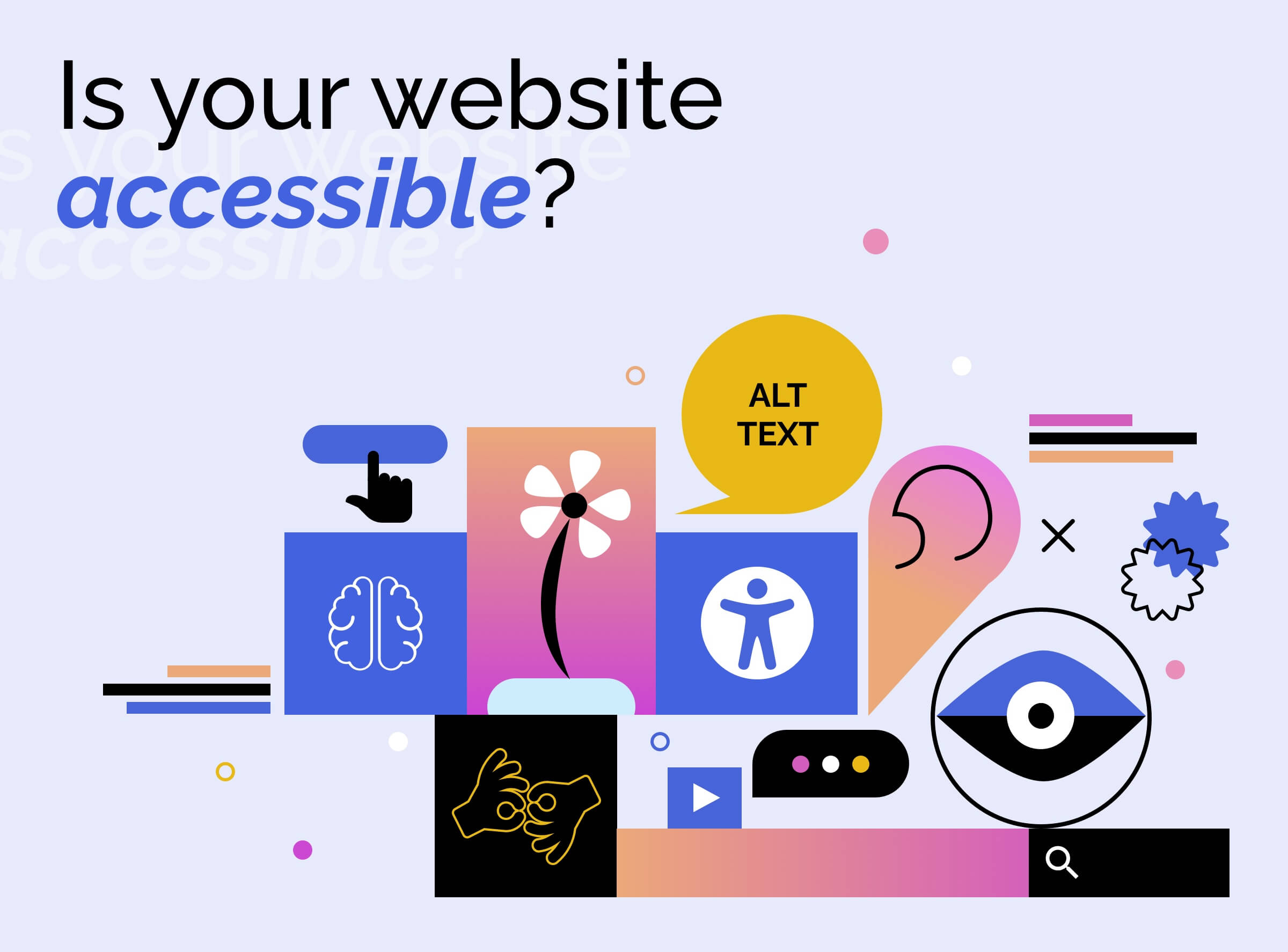Unveiling the Secrets of Ghosted Domains
Explore the intriguing world of expired domains and online opportunities.
Web Accessibility: A Secret Ingredient for Success
Unlock success with web accessibility! Discover the secret ingredient that boosts your reach and engagement. Don't miss out!
Why Web Accessibility is Crucial for Business Growth
Web accessibility is essential for business growth as it ensures that all users, regardless of their abilities or disabilities, can access and engage with your website. By implementing accessibility features, businesses can tap into a larger audience, including approximately 15% of the global population living with some form of disability. Accessibility not only enhances user experience but also fosters customer loyalty; users are more likely to return to a site that is easy to navigate and inclusive.
Moreover, web accessibility can significantly boost your search engine optimization (SEO) efforts. Search engines like Google prioritize websites that provide an inclusive experience, often favoring those with accessible designs. This can lead to improved search rankings, increased traffic, and ultimately, greater revenue. By prioritizing accessibility, businesses not only comply with legal standards but also position themselves as leaders in their industry, promoting a positive brand image that resonates with a diverse customer base.

Top 5 Web Accessibility Best Practices Every Site Should Follow
Web accessibility is essential for ensuring that all users, regardless of their abilities, can navigate and interact with your website. Implementing the right web accessibility best practices not only enhances the user experience for individuals with disabilities but also improves overall SEO. Here are the top 5 web accessibility best practices every site should follow:
- Use Alt Text for Images: Always provide descriptive alt text for images, so that screen readers can convey the meaning of each image to visually impaired users.
- Ensure Keyboard Navigation: Make sure your site can be navigated using a keyboard, as some users cannot use a mouse.
- Maintain Color Contrast: Choose colors that provide sufficient contrast to ensure readability for users with visual impairments.
- Provide Text Alternatives: Every video or audio file should have captions or transcripts to offer alternatives for users who may not be able to see or hear the content.
- Use Clear and Consistent Layouts: A well-structured website layout helps users to understand and navigate the content more easily.
How to Evaluate Your Website's Accessibility: A Step-by-Step Guide
Ensuring your website is accessible to all users is crucial for maximizing your audience reach and enhancing user experience. To evaluate your website's accessibility, start by identifying the guidelines set forth by the Web Content Accessibility Guidelines (WCAG). Begin with a thorough assessment using automated tools such as accessibility checkers which can provide initial insights into common compliance issues. Additionally, engage with individuals who have disabilities to obtain valuable feedback on user experience, as this qualitative approach can reveal barriers that automated tools often miss.
Once you have gathered preliminary data, proceed with a detailed manual review of your website. This should include checking alt text for images, ensuring proper heading structures, and verifying keyboard navigability. Create a checklist to track your findings and implement necessary changes. Remember, accessibility is not a one-time task but an ongoing process; regularly update your evaluations to keep up with best practices and emerging standards. By committing to these steps, you can foster an inclusive online environment that benefits everyone.